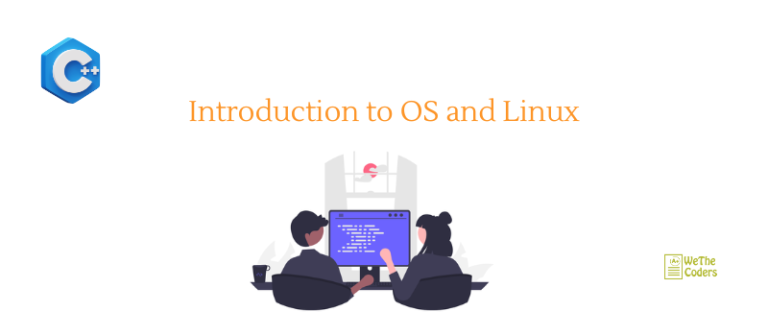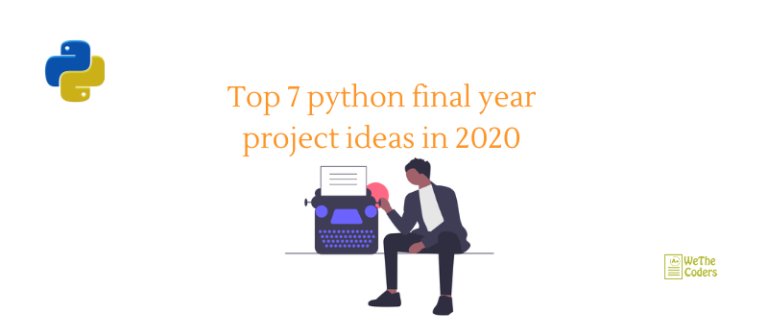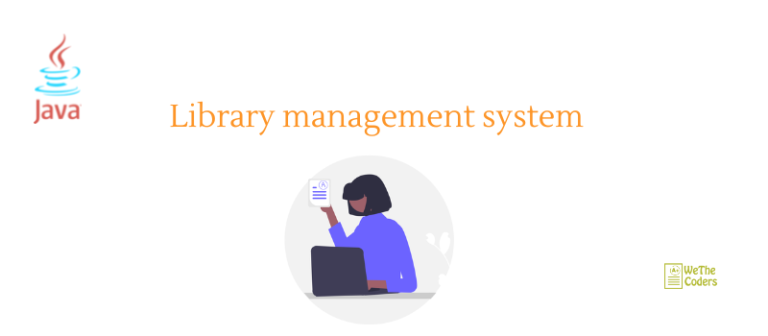Opportunistic Routing and Classification
In OppNet, keeping the low intermittent contacts and sparsity into consideration routing and forwarding decisions are merged. The routing decision is reactive and taken on the fly by forwarding nodes.
The decision in selecting the best possible forwarder is the one that
anyhow helps in forwarding the messages to the destination. Traditional routing algorithms are not applicable in OppNet scenarios.
In traditional routing, either reactively or proactively decisions are taken based on the underlying network topology. But in the case of OppNet, the absence of knowledge about topological evolution hampers the routing decisions.
The fundamental problem associated with OppNet routing is the absence of end-to-end connectivity for the whole lifetime of a message. The routing performance improves with the assimilation of more knowledge about the expected topology of the network in routing protocols.
The routing protocols for OppNet are classified on the following grounds:-
1. Infrastructure less routing
In this routing mechanism, explicit infrastructure is not used to facilitate the routing process. In pervasive computing, it is the most viable and cost-efficient.
There is a further division in infrastructure-less routing based on the amount of explicit knowledge used in the routing procedure:-
Context oblivious routing
A. Context oblivious routing: In this routing mechanism the concept of diffusion is used in which, the message is disseminated in the whole network using the contact opportunities and in the end, it eventually reaches the destination.
In this approach, no explicit knowledge is used to facilitate the routing process. The dissemination based routing technique works well in a highly dynamic environment.
These protocols are resource hungry and mostly account for the congestion in the network. To limit the effect of congestion in the network there are some existing protocols, which suppress the count of messages in the network through intelligent heuristics. The epidemic, MV, Spray & Wait, and Network coding routing are some of the context oblivious routing protocols.
These protocols do not authenticate the participating nodes at the joining time in the network. It does not ensure the privacy of participating nodes and the confidentiality of disseminated messages in the network. Both users and data are vulnerable to security threats associated with malicious nodes attacks.
Context-based routing:
B. Context-based routing: In this routing mechanism, a context of a node is accumulated and maintained over a period of time. The sharing of this context information between the nodes helps the encountered nodes in designing the blueprint of the underlying network topology. This temporal topology is then used to make forwarding decisions.
The usefulness of a host, as the next hop in forwarding mechanism is depicted through the utility metric of that node. The context information usually comprises social, environmental, and user feedback about the nodes in concern. Context-based routing techniques reduce
the message duplication counts but, increases the corresponding delay in delivery.
Prophet, HiBops, and MobySpace are some of the context-based protocols. In this approach context information is shared between nodes and this sharing may reveal the identity of nodes in communication. The privacy of the user is at stake and the integrity of data and utility packet are compromised in this type of routing approach.
Content-based routing
C. Content-based routing: In a content-based approach, the destination node is not explicitly mentioned in transmission. In it, the destination node’s interest profile is shared with all the encountered nodes.
Based on the similarity between the message content and the interest profile of the encountering node, the forwarding decision is taken.
Here, the routing is based on publishing and subscribe mechanism in which the source node publishes its contents as the services in the network and the destination node subscribes these available data services according to the interest profile.
Content-based routing suffers from data integrity and confidentiality
problem. The availability of data services in publishing and subscribe mechanism is also the major security problem.
2.Infrastructure based routing
In this type of routing strategy, the explicit network infrastructure is used to facilitate the routing process. The infrastructure used in these protocols could be fixed or mobile and depending upon this, infrastructure routing is divided into two parts:-
Routing with fixed infrastructure
Routing with fixed infrastructure: Here, explicit base stations are deployed in the capacity of the gateways. These gateways act an interface to the different challenged networks and ensure the connectivity in a sparsely connected network. In order to achieve connectivity, protocols are designed to deliver messages up to base stations, and then it is the responsibility of the base station, which ensures the delivery of the message to another gateway or the destination node.
There are two variations of the proposed scheme on the basis of allowing node-to-node and node-to-base stations communicates in the OppNet.
Info-station Model and Shared Wireless Infestation Model (SWIM) are two fixed infrastructure protocols.
The performance of the routing protocol is based on the efficient functioning of base stations. Hence, the compromising situation of base stations puts the whole network performance at stake. These base stations are vulnerable to security threats and compromised base stations are a threat to the network itself. To severely deal with these threats an efficient and computational light Intrusion Detection Mechanism (IDM) needs to be designed.
Routing based on mobile infrastructure
Routing based on mobile infrastructure: These routing protocols use an explicit mobile data collector known as message ferries and data mules. The best possible mobility model is used for mobile carriers, in order to achieve the maximum coverage in minimum time units. These protocols are further fabricated into two
divisions based on the possibility of node-to-node and node-to-carrier
communication.
Data-Mule System and Message Ferrying are the two mobile infrastructure based protocols. Authentication through key management is hard to establish in this type of mobile infrastructure routing network. Distributed authentication schemes need to be established for the proper operations of the OppNet.
security in OppNet networks
Security in OppNet
In order to visualize the abstract concept of pervasive computing on-ground realities, security is the main challenge and it needs to be addressed with sincerity for instilling confidence in general users. Security at the root level in the communication paradigm instills the confidence in nodes for cooperation in the network. Hard cryptographic solutions are not sufficient in making the system threat proof.
The computational intensive algorithms of cryptographic techniques discourage the uses of these algorithms in the solutions of security to OppNet.
The unique characteristic of the ad-hoc network poses a number of non-trivial security challenges. The security solutions to ad-hoc networks encompass; prevention, detection, and reactions.
Proactive routing data integrity and authentication are to be maintained and reactive data forwarding are secured through real-time intrusion detection schemes. These algorithms detect a malicious node and then react, in order to nullify the behavior of attacking nodes.




















